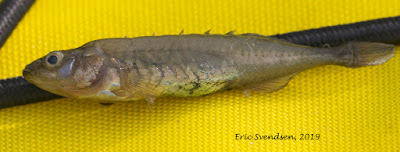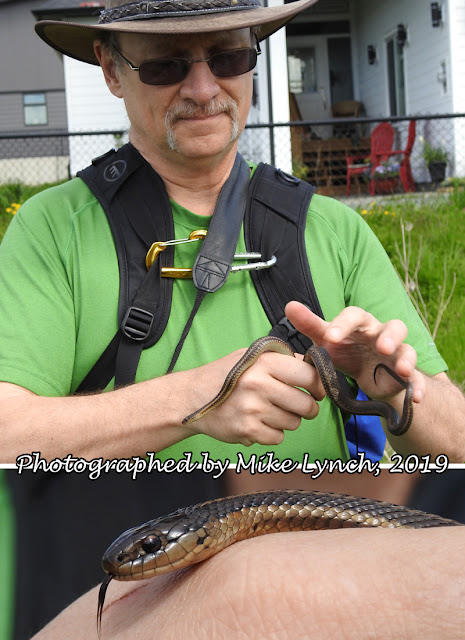The Gopher Tortoise - Photographed in Florida
 |
| I photographed this wild gopher tortoise while visiting in Florida last year. |
It is amazing how much one organism affects another. A great example of this is the gopher tortoise. You may think that this slow-moving domed reptile would not have much in the way of needs, or that its existence, one way or another, wouldn't make a difference to neighbouring creatures. But, you would be wrong. It turns out they are so important they have the distinction of being a keystone species.
A keystone species has a significant influence on other plants and animals in its ecosystem. In British Columbia, salmon are a keystone species because of how they impact the environment. Juveniles feed countless organisms in freshwater systems and estuaries. Maturing salmon are food sources for many marine predators. Even those that spawn and later die naturally make a difference in releasing nutrients.
The gopher tortoise is a keystone species because of the burrows it creates. The deep holes are used by a myriad of other species. The tortoise may or may not be present; those underground shelters outlive their creators by many years. A natural refuge from the elements, these dens make a difference to all the species which use them. Mammals, birds, reptiles, and even invertebrates are participants of the tortoise's hospitality.
The problem that these important terrapins are facing is multifaceted. Loss of habitat. Age to maturity. Invasive species taking eggs and individuals. Fire control which allows areas to develop dense bush and push out the tortoise's food source. Pet traders. And the list goes on.
We have to have more wild areas, ensure that they are protected from all the things which would decimate them, and be aware that any one species has far more influence in the ecosystem than what we may initially think. We can't think, "It's only one species, and no one will really miss it." Each individual organism plays a role in creating a healthy environment. With their demise, we are gradually ensuring our own destruction. It is like global warming; by the time we realize there is a problem it may well be too late.



Comments
Post a Comment